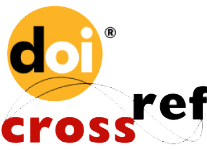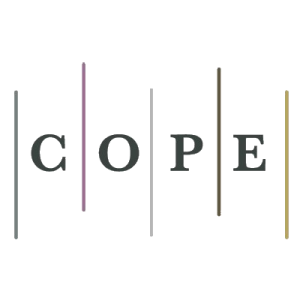2292 Views | 6714 Downloads
Bringing the Climate Crisis into the Classroom: Lessons from Mae Fah Luang University
Maya Dania
Abstract:
Introduction: Climate change presents an urgent global challenge that demands action across all sectors, including education. In alignment with Sustainable Development Goal 13 (SDG 13), this study investigates how Mae Fah Luang University (MFU) integrates climate crisis topics into its higher education curricula. The focus is on the “Introduction to Sustainable Development” course, which serves as a lens to assess students’ knowledge, attitudes, and practices (KAP) regarding climate change. Methods: A mixed-methods research design was employed, combining quantitative and qualitative data. A structured KAP survey was administered to 100 undergraduate students across various disciplines. This was complemented by classroom observations and semi-structured interviews to gain deeper insights into student engagement and instructional methods. Results: Findings revealed significant differences in climate awareness based on academic discipline and gender. Health and Medical Sciences students showed the highest understanding of the causes of climate change (53.13%), Humanities and Social Sciences students demonstrated the most awareness of environmental impacts (65.71%), and Science and Technology students exhibited the strongest grasp of SDG 13 objectives (60.61%). Female students consistently scored higher across all indicators of climate awareness compared to male and non-binary peers. Qualitative data indicated a strong student preference for more interactive learning methods and better resource support to deepen their engagement with climate issues. Discussion: The data suggest that while MFU’s curriculum has initiated meaningful engagement with climate education, there remain gaps in pedagogy and content delivery. Incorporating Bloom’s Taxonomy could help scaffold learning from basic understanding to advanced critical thinking and application. Furthermore, interdisciplinary collaboration and community-based learning are essential to build comprehensive climate literacy among students. Conclusions: Integrating climate crisis education effectively within university curricula requires more than content inclusion—it demands pedagogical innovation, gender-sensitive strategies, and ongoing assessment. The study recommends adopting active learning frameworks and fostering interdisciplinary and community partnerships to empower students as future leaders in climate action and sustainability.
Keywords:
Climate Crisis, University Curriculum, SDG 13, Classroom-Based Research, Mae Fah Luang University

Citation: Maya Dania (2025). Bringing the Climate Crisis into the Classroom: Lessons from Mae Fah Luang University. Horizon J. Hum. Soc. Sci. Res. 7 (S), 57–68. https://doi.org/10.37534/bp.jhssr.2025.v7.nS.id1294.p57-68
Download Full PDF



